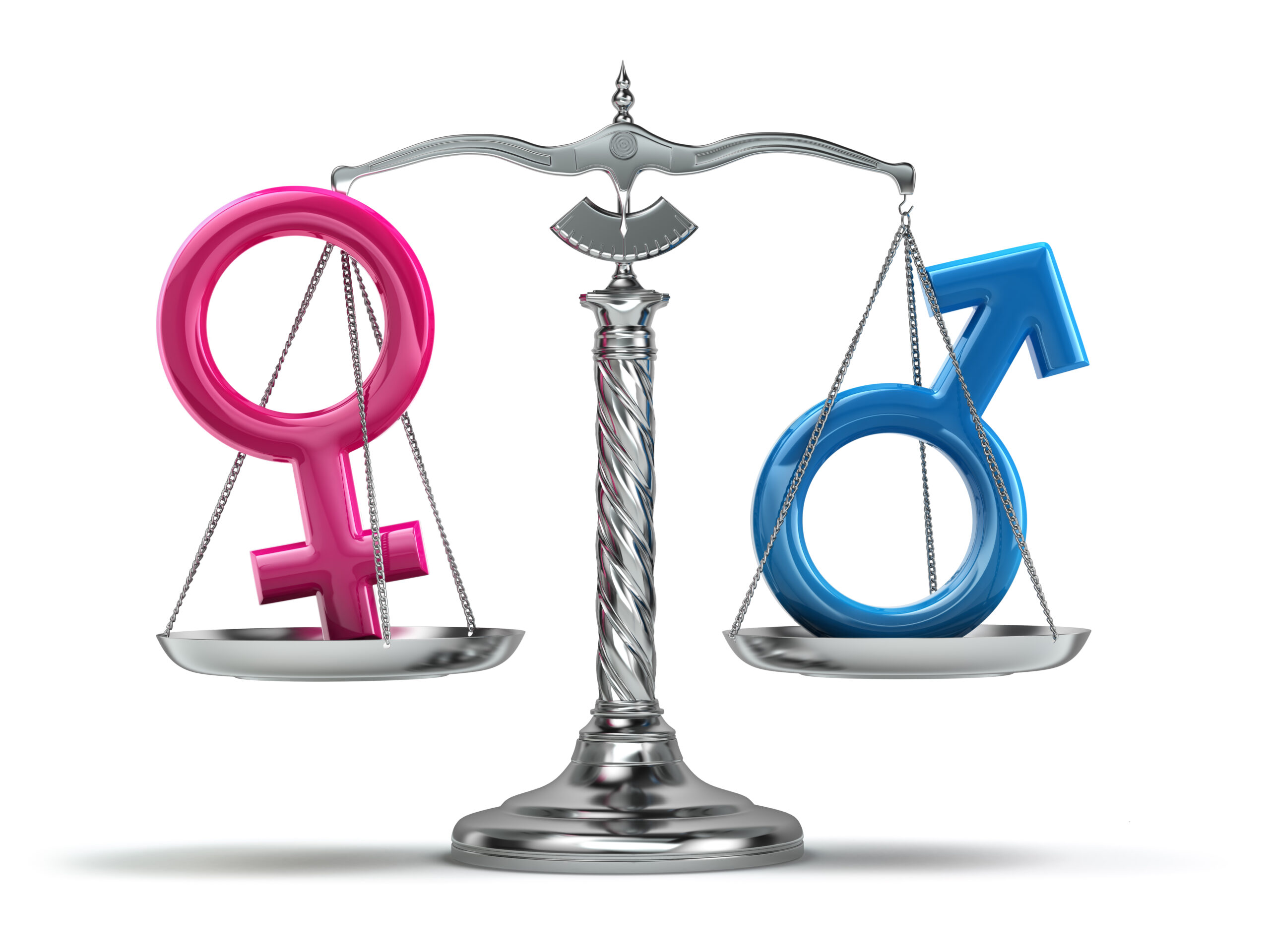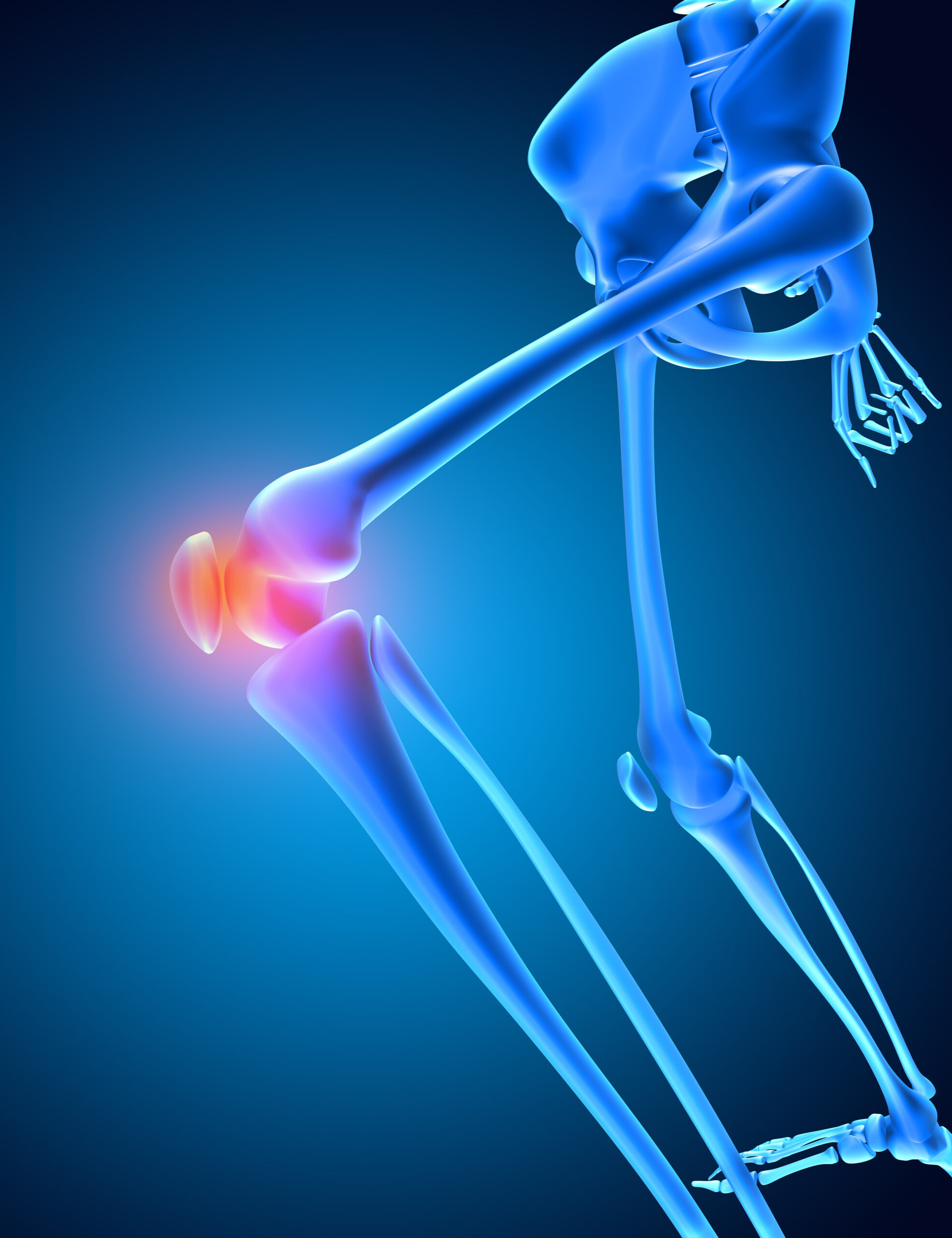Introduction
Judicial independence underpins the rule of law and the fabric of democracy itself, providing a check on the balance of power of the governing institutions. But there is a stark gender imbalance in India’s higher judiciary, where women are still woefully underrepresented. Despite the Constitution’s enshrinement of gender equality, the Supreme Court has seen a scarcity of women judges since its inception, and their representation in High Courts is even more limited. This imbalanced approach not only casts doubt on diversity and representation, but also negatively impacts the judiciary’s ability to reflect the diverse perspectives of society. This must be done through systemic reforms, mentorship programs, and beautiful efforts to create a society where women want to become lawyers.
Status of Women in the Indian Judiciary (March 2025 Data)
1. Supreme Court
- Total judges: 32
- Women judges: 2 (6.25%)
- First female judge of the Supreme Court: Justice Fathima Beevi (1989)
- Number of women appointed since 1950: 12
- There has never been a woman Chief Justice of India (CJI)
2. High Courts Total judges: 764
- Women judges: 109 (14.27%)
- High Courts with only one woman judge—8 High Courts
- High Courts with zero women judges : Uttarakhand, Meghalaya, and Tripura
- Allahabad HC (largest HC): 3 women judges of 79 (2%);
- One woman Chief Justice (Gujarat HC)
3.Subordinate Judiciary Women Judges:
- 36.3% Reservation policies of some states (Bihar, Rajasthan, Maharashtra) for better representation.
Reasons For Fewer Women in Upper Judiciary
- Opaque Collegium System: The Collegium system of judicial appointments is opaque. There is no requirement that judges be gender diverse.
For example, over the past three years, 28 judges were appointed to the Supreme Court since 2021, none of whom were women.
- Gender Bias and Stereotypes within Institutions: Women are considered less capable of handling complex legal issues. Prejudices influence judicial advancement, leadership roles, and case assignments.
For instance, former SC judge Justice Indira Banerjee noted that women have to exert twice the amount of effort to establish their worth.
- Fewer Women Advocates in Senior Roles: Lack of representation at the Senior Advocate level narrows down the field of candidates for higher judicial appointments.
Example: Justice Indu Malhotra is the only woman to have been elevated directly from the bar to the Supreme Court.
- Late Appointments and Age Gap: Women are appointed later on than men, which shrinks their time in which they serve in leadership positions.
Average appointment age: Men: 51.8 years; Women: 53 years
Impact: Lesser tenure in higher judiciary → Fewer women in top positions like Chief Justice.
- Government’s Selective Confirmation Process: The Selective Confirmation Process of recommendations for women runs late or gets denied relative to those for men. For instance, of the nine women who were recommended for High Court appointments since 2020, five were rejected.
Legal and Constitutional Perspective
1. Constitutional Provisions Supporting Gender Equality Article 14—Right to Equality
- Article 15(3) – The state can make special provisions for women.
- Article 39(a) – Equal justice and free legal aid for all.
- Article 50—Separation of the judiciary from the executive for independent functioning.
2. Key Supreme Court Judgments
- Indira Jaising v. Supreme Court of India (2017): Raised concerns about lack of transparency in senior advocate designations, affecting women’s elevation.
- Madhu Kishwar v. State of Bihar (1996): Highlighted gender discrimination in legal structures.
Steps Taken by the Government
- Reservations for women in lower judiciary: Judicial services in Bihar, Rajasthan, and Andhra Pradesh have 30-35% reservations for women.
Impact: More women represented in subordinate courts (36.3%).
- Recommendations Advised by Collegium Regarding Gender Diversity: The government has made it clear to the Collegium that it wants greater representation of women, but there is no formal policy on this. Gender Sensitization Programs Judges and staff undergo gender sensitivity training provided by the National Judicial Academy.
- Inclusion of Women in Legal Policy-Making: Judicial reform committees and law commissions now have women judges on board. Ex-justice R. Banumathi was member of the Criminal Law
Reforms Needed to Ensure Gender Diversity in Higher Judiciary
- Transparent and Inclusive Judicial Appointments: An Open and Inclusive Process for Appointments to the Judiciary Its selection criteria for judicial appointments must be put in the public domain. For example, the UK’s Judicial Appointments Commission has an open, diversity-focused approach.
- Mandatory Gender Representation in Judiciary Quorum (33%) of women in the recommendations of the judiciary. For example, Canada includes diversity mandates to appoint a gender balance in its judiciary.
- Open Applications for Judicial Aspirants: There should be an open facility for women lawyers to apply for judgeship and not solely rely on Collegium nominations. South Africa conducts open interviews for judicial candidates, ensuring gender diversity.
- Institutionalizing Gender Diversity in Judicial Leadership: When recommending judges, the Collegium must keep in mind the need for gender diversity. Regular audits and reports need to track gender representation in higher courts.
- Mentorship and Capacity Building for Women Lawyers: Structured mentorship programs to train and guide women lawyers for judicial positions and encourage more women senior advocates to create a talent pool for higher judiciary.
Way Forward
A free and diverse judiciary is the foundation of democracy, enabling equal justice, constitutional morality and the rule of law. But there exists a large gender bias in India’s higher judiciary (Supreme Court & High Courts) where we have a great underrepresentation of women judges. More than 100 years after we first allowed women to practice law, systemic barriers—opaque appointment processes, gender bias, lack of representation in senior positions, and institutional obstacles—still restrict women’s advancement in the judiciary. This lack of gender diversity has implications for judicial decision-making, access to justice, and institutional credibility. This disparity needs immediate attention in the form of legislative amendments, policy-level interventions, and institutional frameworks to enable more women to take on decision-making roles, especially positions like Chief Justice of India (CJI) and Chief Justices of High Courts.
References







